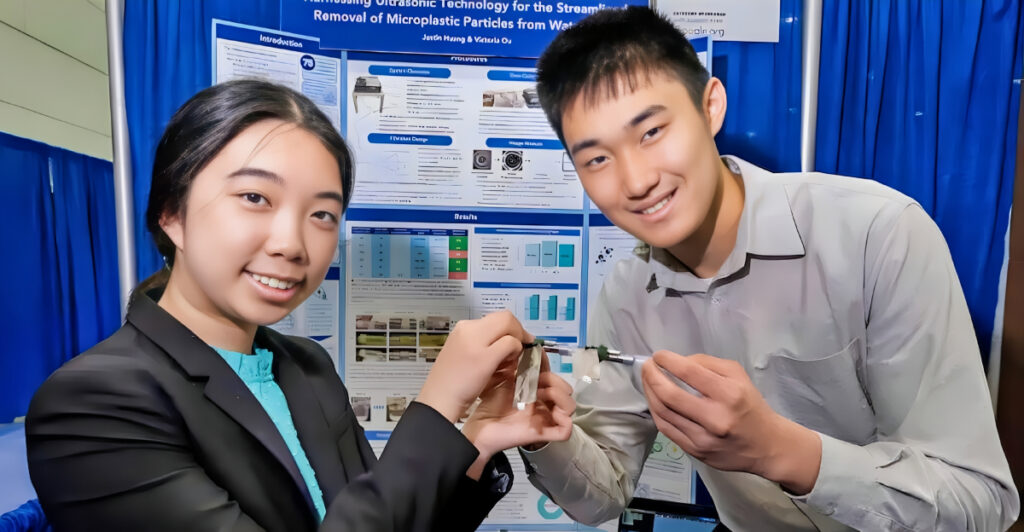
A 16-year-old Chinese-American student, Brian Ou, has made waves with his invention aimed at tackling one of the world’s most pressing environmental challenges: microplastic pollution. Alongside his project partner, Justin Huang, Brian developed a revolutionary device that uses ultrasound technology to filter microplastics from water. Their innovation recently earned them the prestigious $50,000 grand prize at the Regeneron International Science and Engineering Fair (ISEF), marking a significant milestone in their young scientific careers.
The Growing Threat of Microplastics
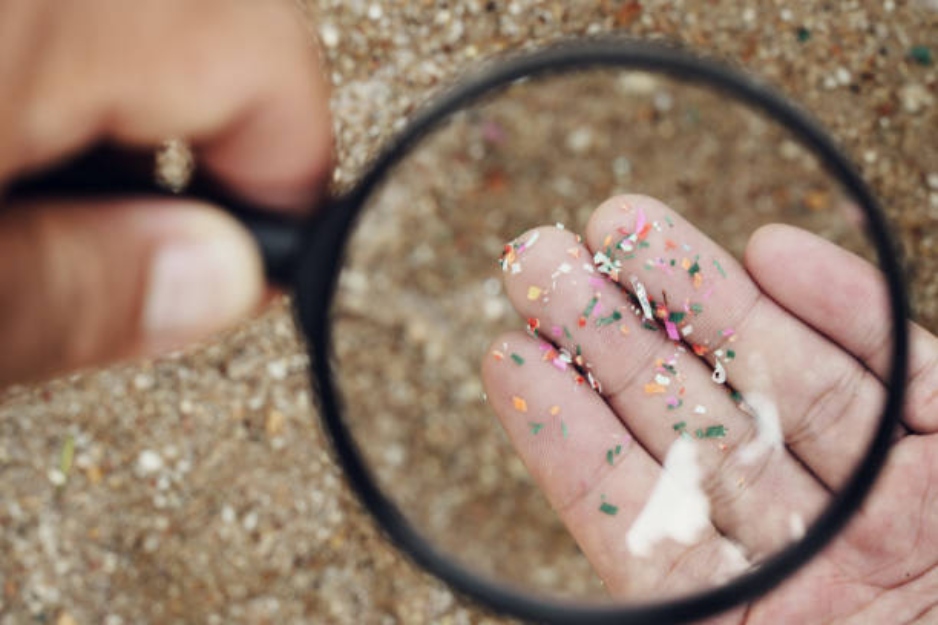
Microplastics, tiny plastic fragments less than 5 millimeters in size, pose a severe threat to ecosystems and human health. These particles are often too small to be captured by traditional wastewater treatment facilities, eventually finding their way into oceans and rivers. Research indicates that microplastics can infiltrate the food chain, potentially causing long-term harm to humans and wildlife alike
How It Works

Brian and Justin’s device uses high-frequency ultrasound waves to agitate water, causing microplastic particles to clump together. This process, known as ultrasonic agglomeration, allows the particles to be filtered more effectively than with conventional methods. Unlike chemical or biological treatments, which can be inefficient or harmful to water quality, their device provides a safe and efficient solution
A Eureka Moment

The inspiration for the invention came during a visit to a local water treatment plant. “We were shocked to learn that no efficient methods existed for removing microplastics,” Brian said. This realization spurred months of rigorous research and experimentation in their makeshift home lab. Despite limited resources, they developed a functional prototype capable of reducing microplastic content by up to 90% in controlled tests
Real-World Potential
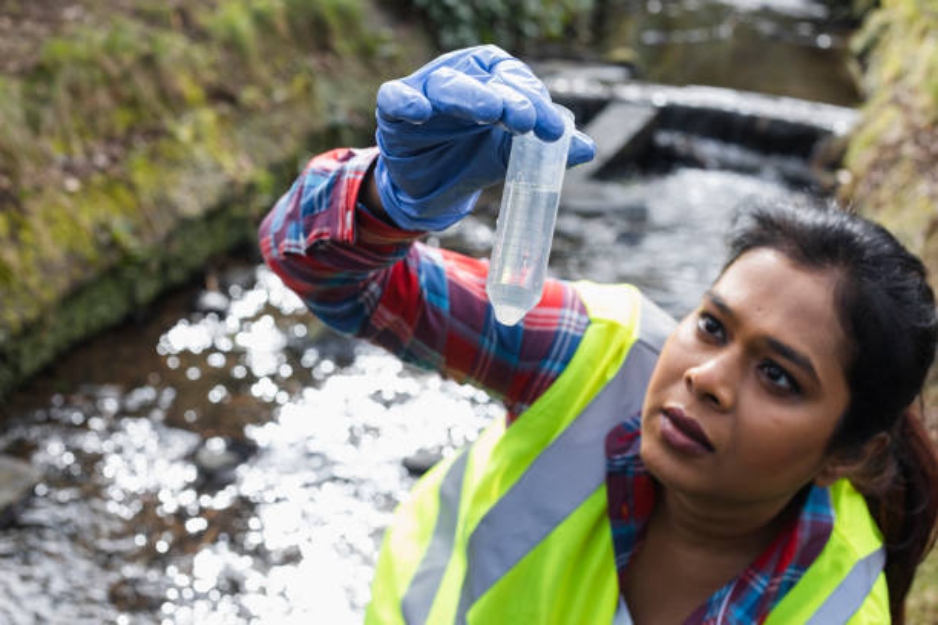
While their device is still in the prototype stage, the potential applications are vast. It could be implemented in industrial wastewater systems, household appliances like washing machines, and even portable water purifiers for rural areas. “If we can scale this up, it could make a real difference,” Brian noted
The Path to Recognition
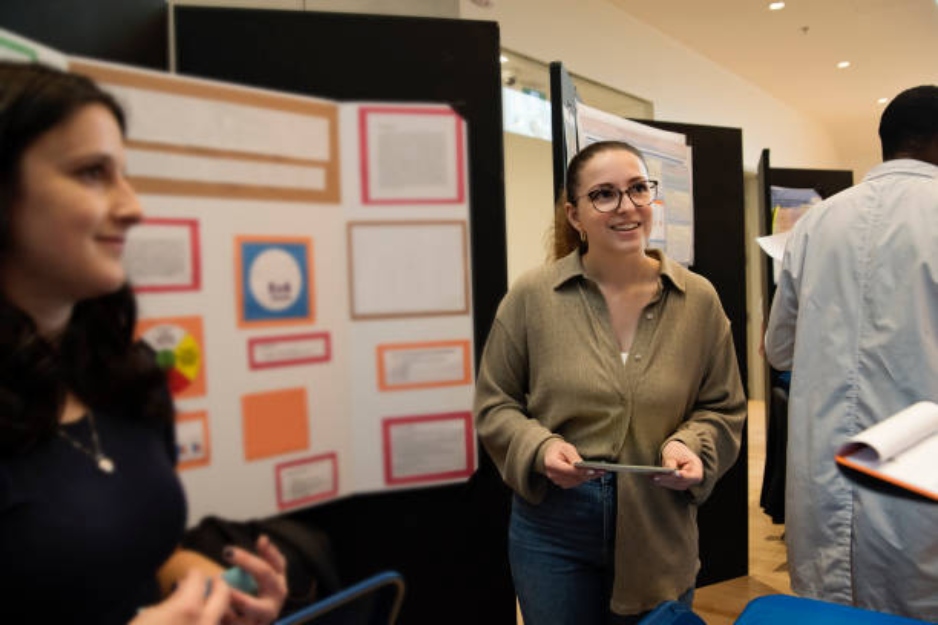
Winning the ISEF prize was a dream come true for the duo. Competing against over 1,800 students from around the globe, Brian and Justin stood out with their innovative approach to a global issue. “We were just thrilled to participate,” said Justin. “Winning was beyond our expectations”
Overcoming Challenges
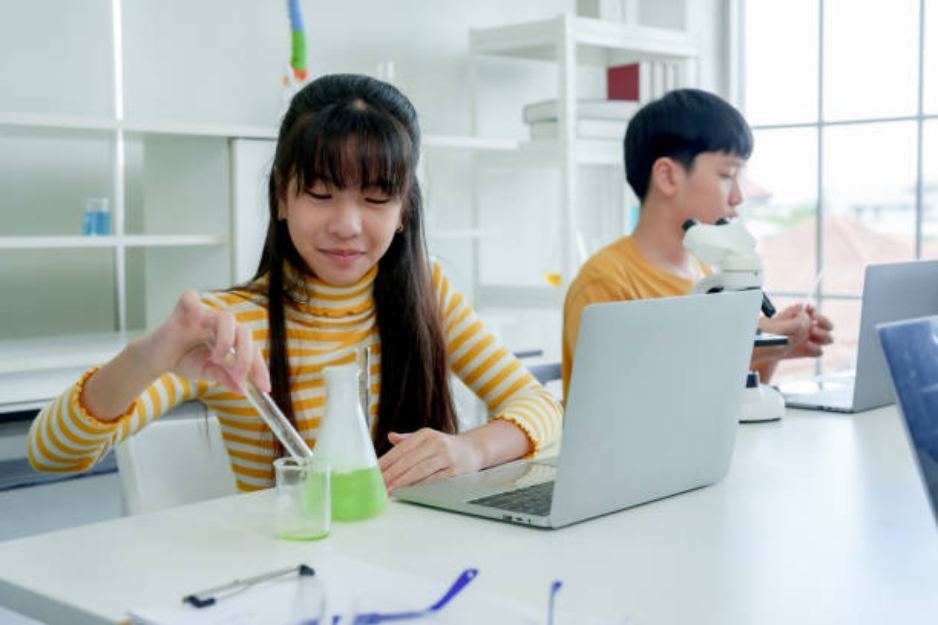
The journey was not without its hurdles. Both teenagers balanced schoolwork with intensive project development. Limited funding and access to professional-grade equipment meant they had to rely heavily on creativity and resourcefulness. Yet, their perseverance paid off, attracting the attention of environmental organizations and investors alike
The Next Steps
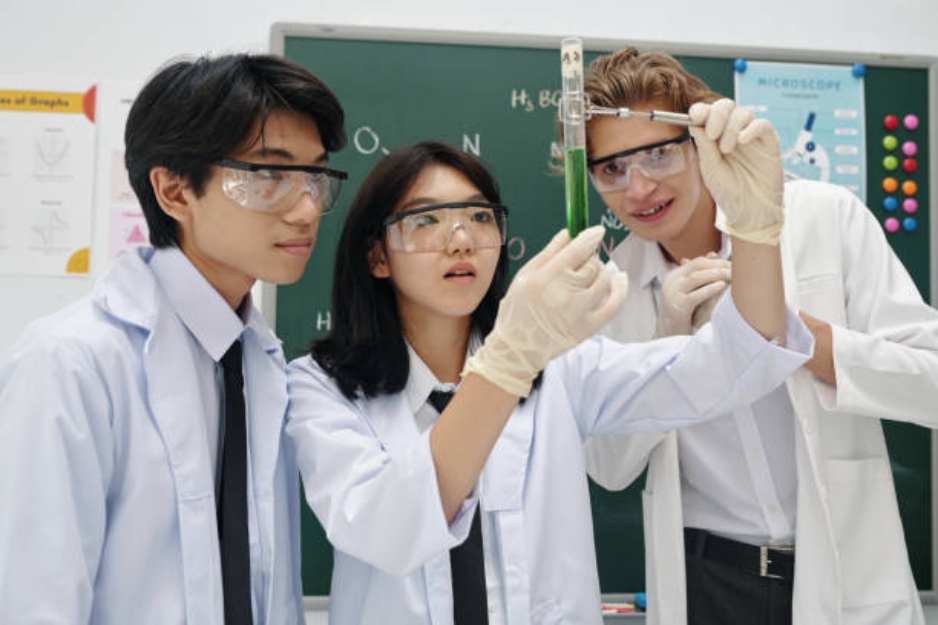
The $50,000 prize money will be reinvested into further refining their invention. The team plans to collaborate with professional labs to enhance the efficiency and scalability of their device. They aim to make it affordable and accessible to communities worldwide, particularly those most affected by water pollution
A Global Call to Action
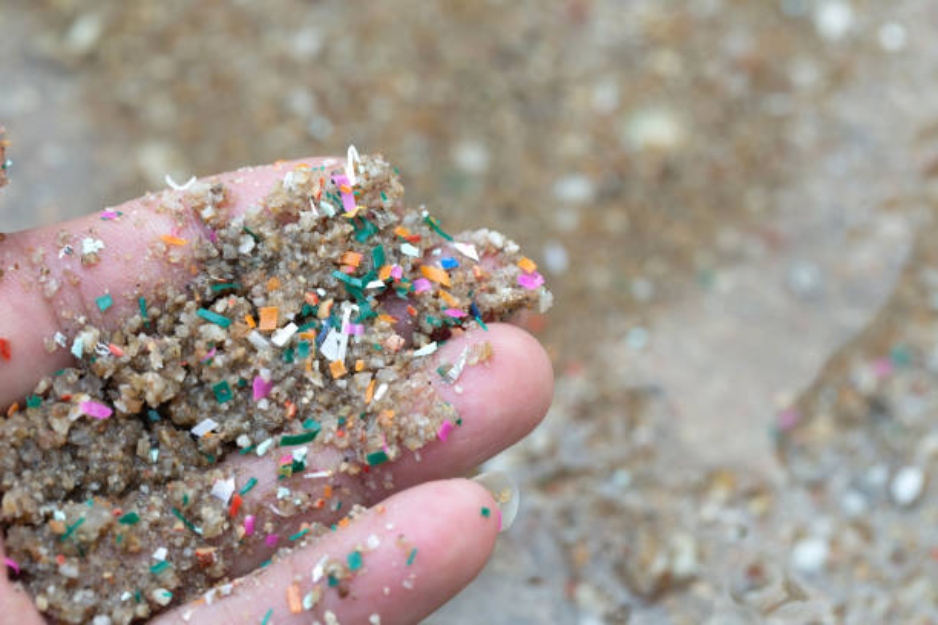
Microplastic pollution is a growing concern, with studies showing its presence in everything from drinking water to seafood. Brian and Justin’s invention underscores the power of youth-led innovation in addressing complex environmental challenges. “We hope our work inspires others to tackle these issues,” said Brian
Broader Implications
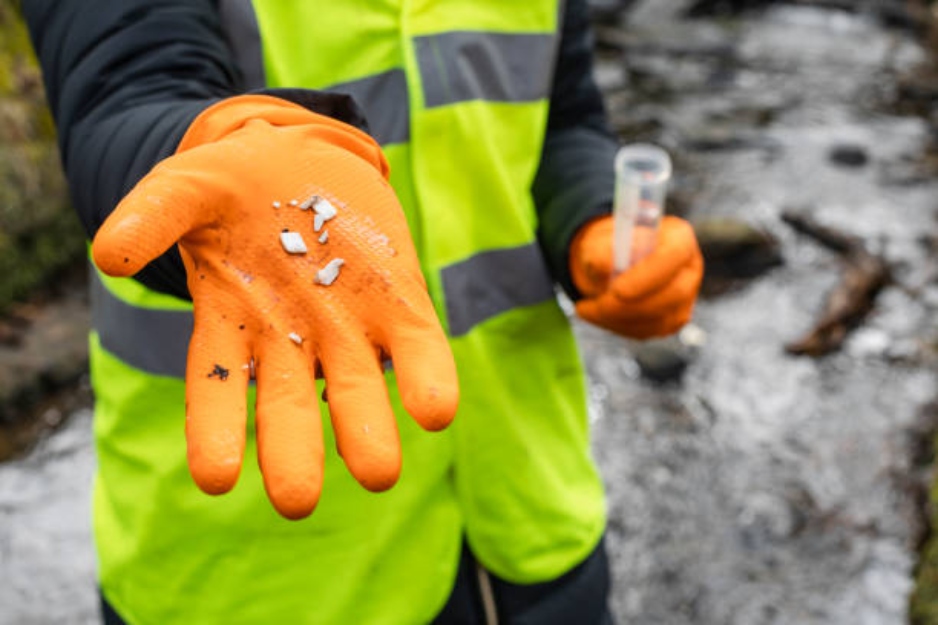
Their success also highlights the importance of supporting STEM education and providing young minds with opportunities to innovate. The ISEF competition serves as a platform for students to showcase their ideas and make meaningful contributions to science and technology
Community Support
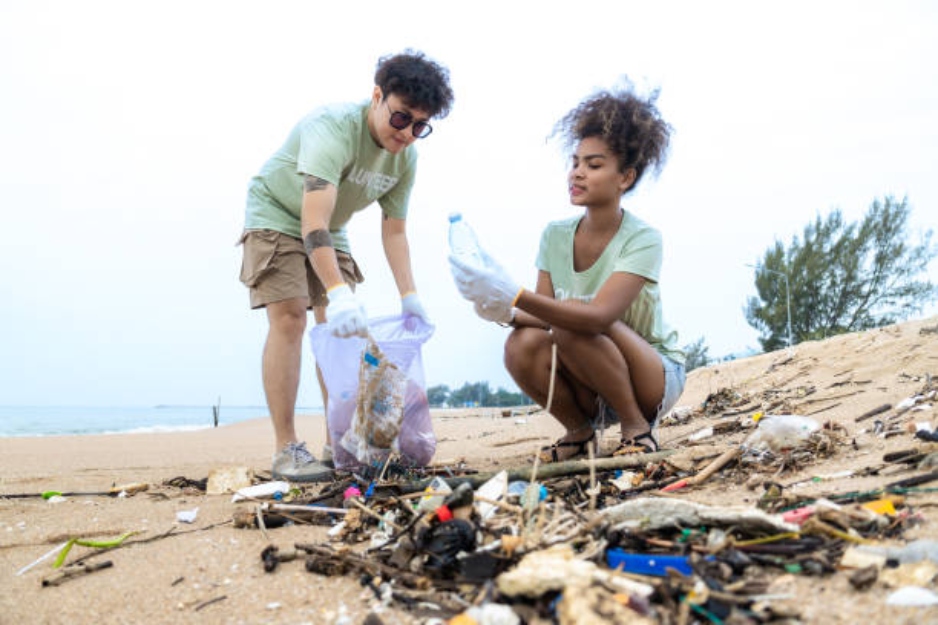
Brian and Justin credit their achievement to the support of their families, teachers, and local community. “Without their encouragement, this wouldn’t have been possible,” Justin remarked. Their school has since received increased attention, with many students expressing renewed interest in science fairs and environmental projects
Hope for the Future
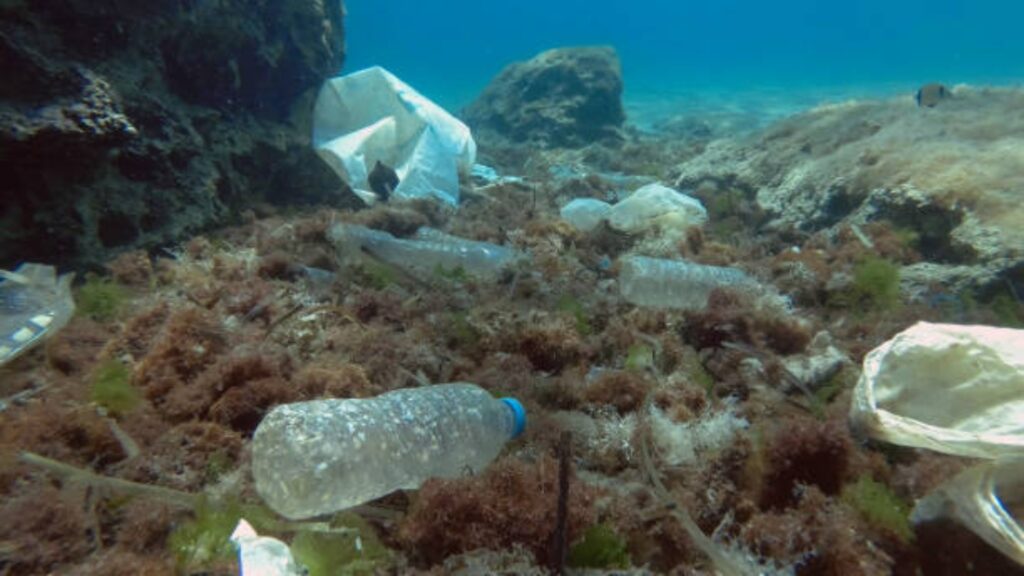
As microplastic pollution continues to pose a threat to global ecosystems, inventions like Brian and Justin’s offer a glimmer of hope. With continued development and widespread adoption, their device could play a pivotal role in creating a cleaner, healthier world.
Clear Water Ahead
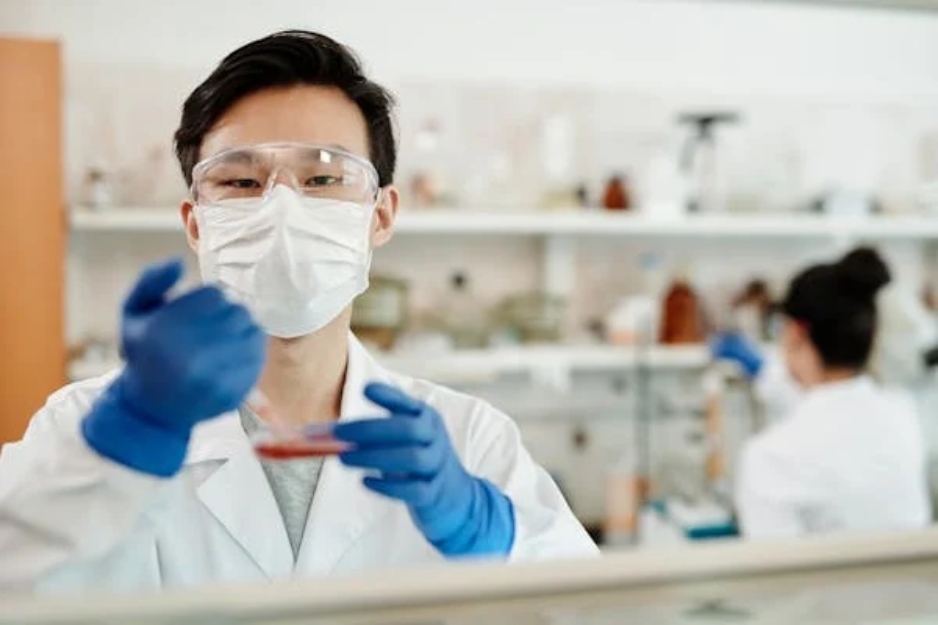
Brian Ou’s journey from a curious teenager to an award-winning inventor demonstrates the power of determination and innovation. His work not only addresses a critical environmental issue but also inspires a new generation of problem solvers to take action.
Stay connected with us for more stories like this! Follow us to get the latest updates or hit the Follow button at the top of this article, and let us know what you think by leaving your feedback below. We’d love to hear from you!







